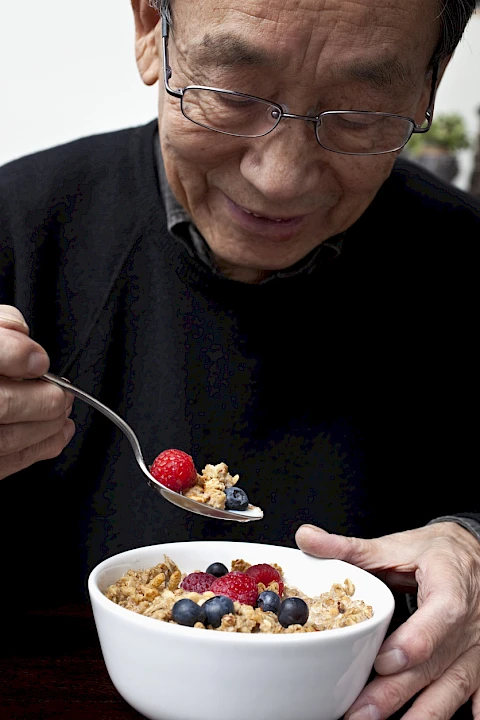
Fiber is a key ingredient in any healthy diet. From aiding digestion to reducing the risk of chronic diseases, fiber plays a vital role in keeping your body running smoothly. Let's explore why fiber is so important for seniors and how you can start enjoying its benefits today.
Why Seniors Need More Fiber
Fiber is crucial for maintaining good digestive health. One of its primary benefits is promoting regular bowel movements, which can help prevent constipation, a common issue among seniors. The benefits of fiber extend well beyond digestive health.
Additional advantages of a fiber-rich diet include managing weight and stabilizing blood sugar levels. High-fiber foods tend to be more filling, which can help prevent overeating and assist in maintaining a healthy weight. Fiber slows down the digestion of carbohydrates, leading to more stable blood sugar levels, a critical factor in managing type 2 diabetes.
Fiber also significantly impacts heart health. Diets rich in fiber can lower cholesterol levels, which can reduce the risk of heart disease. Fiber is also associated with a reduced risk of certain diseases, such as colorectal cancer. Making fiber a staple in your diet is an investment in your long-term health.
How to Gradually Increase Fiber Intake
Increase fiber intake gradually. A sudden increase can lead to digestive discomfort, such as gas and bloating. Add small amounts of fiber to your meals and gradually build the quantity over a few weeks to allow your body to adjust.
Simple ways to boost fiber intake include:
- Swap refined grains with whole grains like whole-grain bread, pasta, and rice.
- Add an extra serving of vegetables to your meals.
- Sprinkle nuts or seeds on salads, yogurt, or oatmeal.
- Incorporate beans and legumes into soups, stews, and casseroles.
Remember, staying hydrated is key when increasing fiber. Drinking plenty of water helps fiber move through your digestive system and minimizes the chances of discomfort.
Approachable Sources of Fiber
Finding ways to incorporate more fiber into your diet doesn't have to be difficult. Focus on meals throughout the day. For breakfast, try whole-grain cereals or oatmeal, both excellent fiber sources. Pair them with fresh fruits like berries or bananas, or blend your favorite fruits into a smoothie for a fiber-packed morning boost.
At lunchtime, consider using whole-grain bread or wraps for sandwiches. Adding a side of salad is another way to up your fiber intake. Add beans, chickpeas, or lentils to salads for an additional fiber punch.
For dinner, fill your plate with high-fiber vegetables like broccoli, peas, or Brussels sprouts. Whole grains like quinoa and brown rice make great fiber-rich additions as well. Soups and stews can be delicious and provide hearty ways to include fiber in your diet. Opt for recipes that include beans, lentils, or barley.
Are You Eating Enough Fiber?
Fiber aids digestion, helps manage weight and blood sugar levels, supports heart health, and reduces the risk of certain diseases. You can significantly enhance your overall health by gradually adding fiber to your diet and making smart food choices.
We encourage you to start incorporating more fiber into your meals today. For personalized support and guidance in adding more fiber to your diet, contact us at Senior Helpers Frisco. Our team proudly serves Frisco, Lewisville, Little Elm, Lake Dallas, and Aubrey, and we're here to assist seniors in building healthier habits for improved well-being.